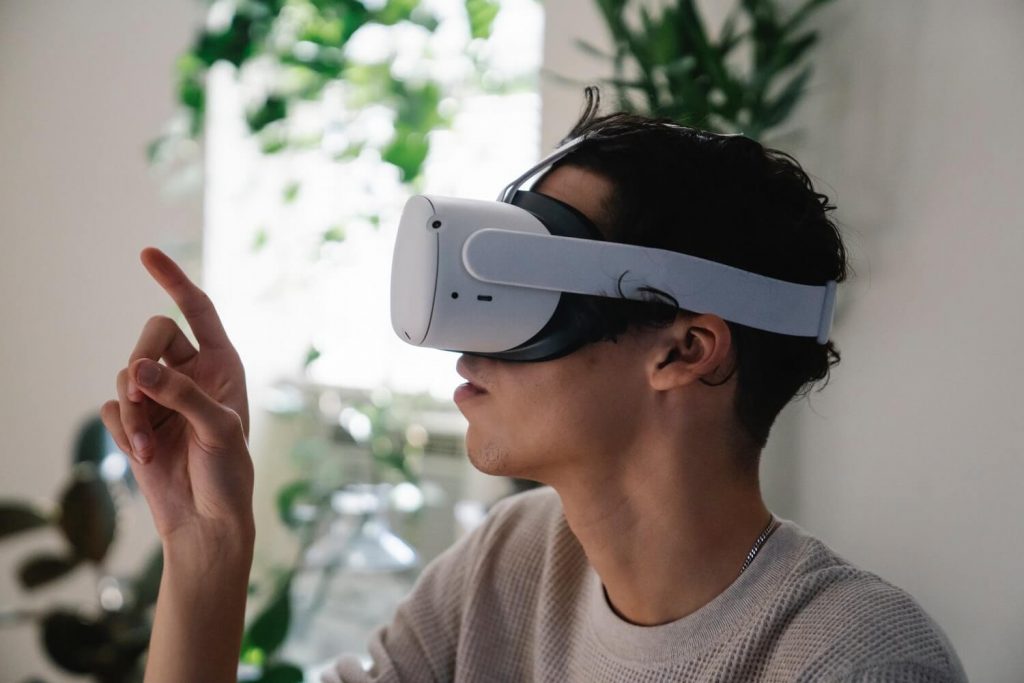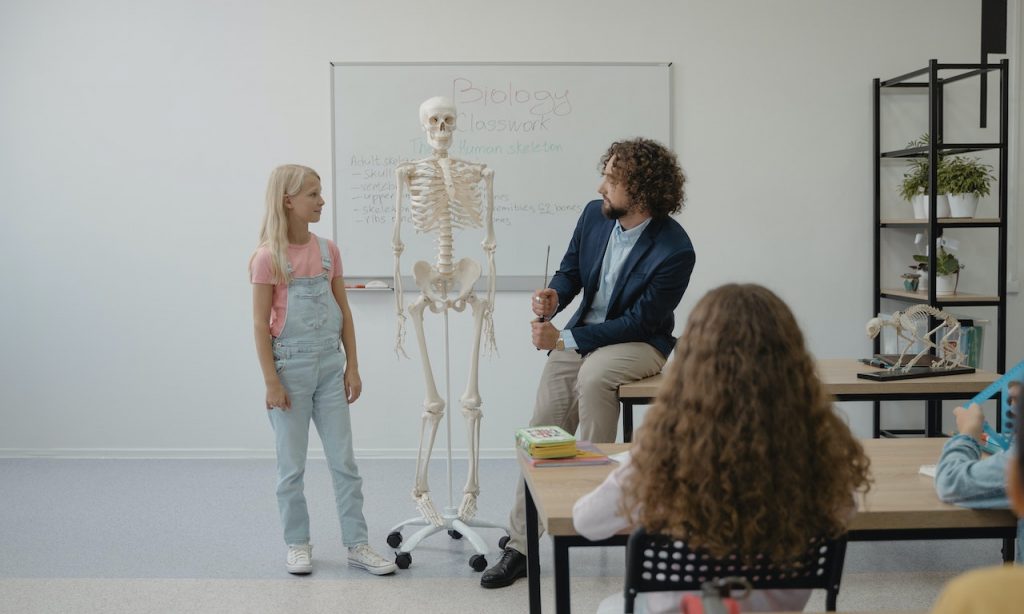Innovative technologies are spreading among all spheres of our lives, and education has not become an exception. The educational industry is being rapidly digitized, gradually replacing the traditional educational process with a digital one. Digital education doesn’t always mean online education, but it is included in its options. It is more about acquiring modern technologies and tools to make the educational process more efficient, engaging, and exciting.
These days, pupils are not forced to write everything down as they have their laptops. They don’t have to print their essays and tests, as they can send them to the teacher’s email. Moreover, they don’t have to be limited by school education thanks to tech integrations. One of the most widely used technologies for enabling education is VR or virtual reality technology. This tech trend provides educational establishments with advanced digital capabilities that take the process to a much higher level, engaging students in learning. And in this article, we would like to explore the benefits of adopting VR technology by schools and what assets it brings to students overall.
Top reasons to use VR in the classroom

Convert traditional educational process into interactive
VR technology is capable of involving all students in education and making them love this process, as we know that far not all students are fond of the educational process at school or college. Surely, VR does not exclude the necessity of learning the basics of subjects and theory, but this technology can make the process interactive and engaging. For example, all theoretical knowledge can be checked or applied virtually right away, which helps consolidate the knowledge. We promise all students will dive into the education process completely willing to keep learning and practicing their skills, like writers from custom writing Trust My Paper are interested in growing their skills.
Eliminate any distractors for students
VR aims to improve the quality of the educational process for each student. Even being isolated in a classroom, it still has numerous distractions for pupils. They talk to each other, they look out of the window, and they are doing other stuff not related to their education and ongoing class. Using VR technology is capable of eliminating all possible distractions so that students could completely concentrate on a certain subject and knowledge instead of anything else. When pupils are fully concentrated, they learn better, they memorize faster and this is quality learning. Moreover, it doesn’t overload their minds and bodies as this is an interactive approach with no compendiums, books, etc.
Enable student involvement in the process
Another great benefit of applying VR technology to the educational process is enhanced learning capabilities. VR takes students into different environments and worlds to explore every single subject deeply from different sides. For example, if students discuss the necessity of being eco-friendly and living sustainably, VR technology is capable of showing them the real consequences of harming our environment to prove its importance. It is always more efficient to see it once instead of talking about it for hours. VR is full of unlimited capabilities for education to make it worth its time and effort.
Convert complex information into simple
As VR technology shows knowledge visually, it can convert complicated knowledge and subjects into simple and easy-to-remember information for all pupils. It is a great invention for subjects such as chemistry or physics where teachers discuss complex processes and interactions. VR technology can show these correlations visually so that everyone could understand why something happens and why some reactions occur. Hence, when students completely comprehend what they are learning, this process becomes surely easier and more engaging for them, despite the class they are having.
Help with vital decisions
Virtual reality can take students into real situations that possibly can happen in their real life, for instance, at college, at future work, at home, etc. Therefore, this technology can show students the real aspects of certain professions. It can conduct virtual interviews, competitions, daily tasks you are going to have if you choose a particular specialty, and so on.
For example, if a student would love to become a sales manager in a software business, VR technology can test this student to stress tolerance and capabilities of communicating with different people and actually selling. Probably, it will not look completely real, but such experiments help understand what the job of a sales manager will be and if it suits the student’s personality and skills. It is like checking the job reviews before going into it, like the writing service reviews Best Writers Online provides.
Turn theory into practice
Commonly, students struggle with memorizing the theoretical part of any subject. But when they come to the practical lessons, this boosts their memory and overall comprehension, correlating with theory. For example, teachers can talk about chemical reactions for hours, meaning what students will get if they combine some materials. However, VR technology is capable of showing it in practice without any threat to students and without any additional equipment for classrooms. This is cost-efficient for educational establishments as well as more productive for pupils.
Remove educational limits
Usually, the classroom limits the students` imagination. It becomes hard for them to perceive various subjects from the same teacher, who might probably have lacking experience in practical knowledge. Virtual reality can simply take the students to external events or scientific conferences, where they can listen to outstanding contributors in this or that area. These events can be real as well as moderated specifically for a group of students. It provides students with the opportunity of growing their knowledge and expertise, much more than simple school classes can give, despite the experience of teachers.
Taking into account the aforementioned benefits of applying VR in education, we surely hope this trend will be adopted by the majority of schools in the near future for the purpose of making students love learning and getting new knowledge and skills.



